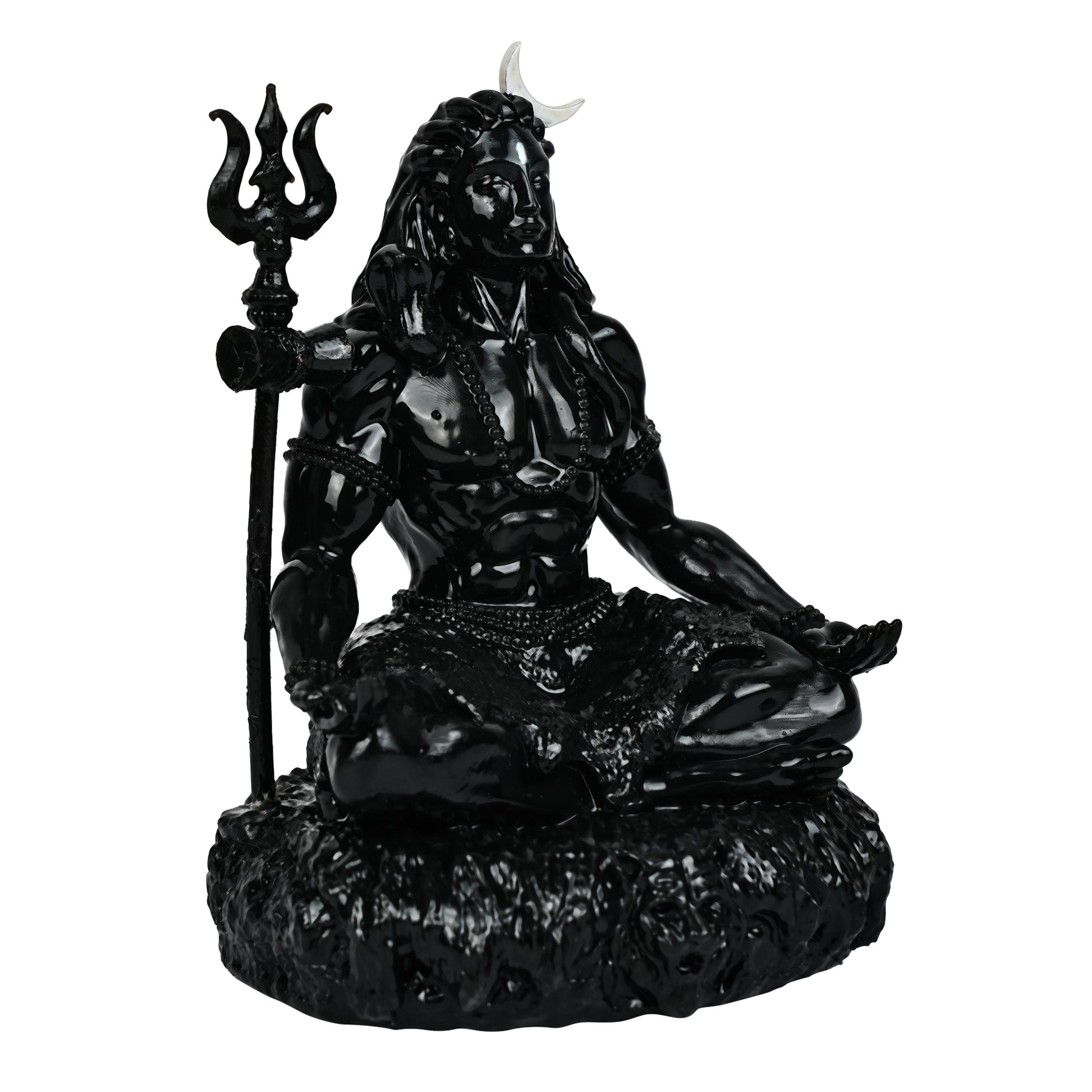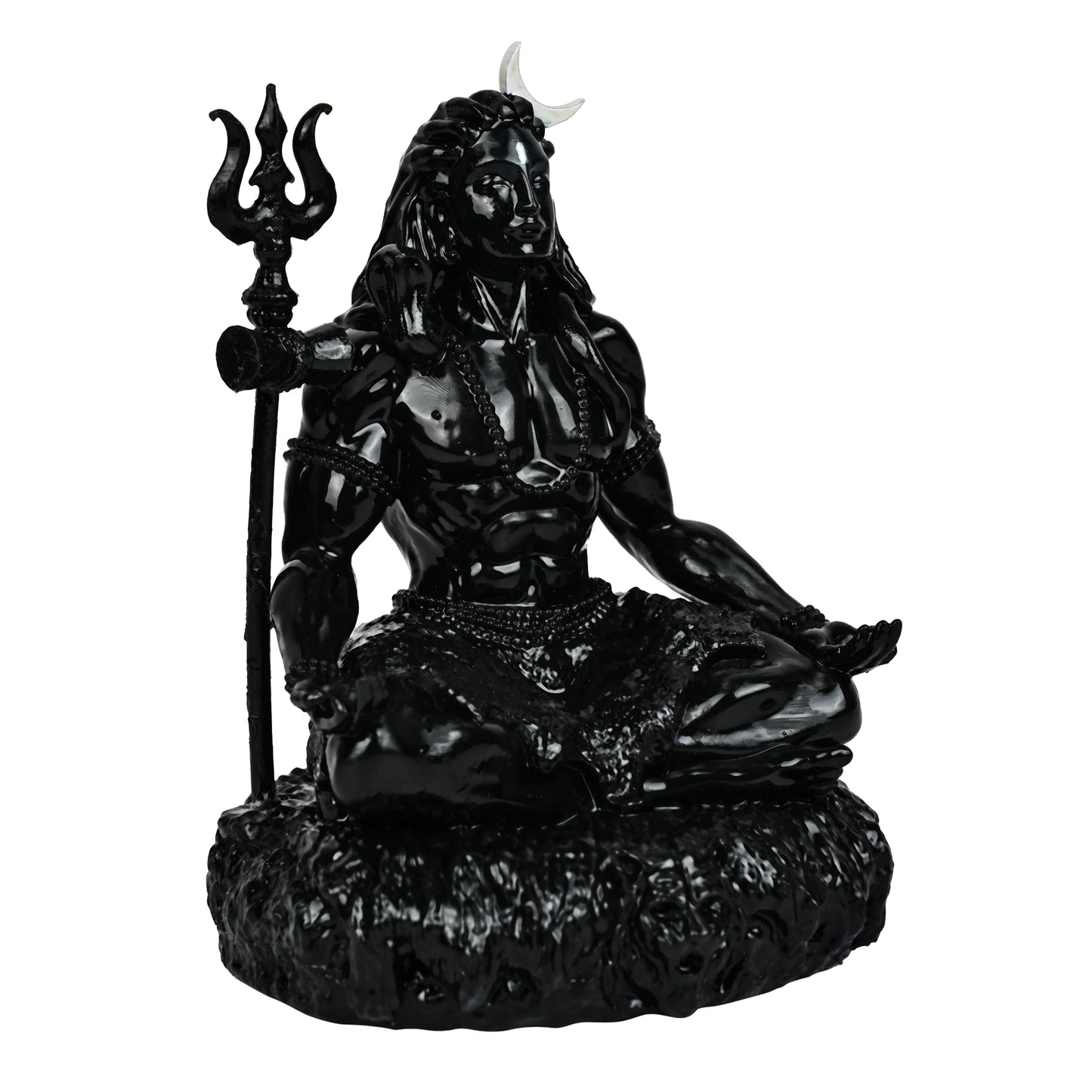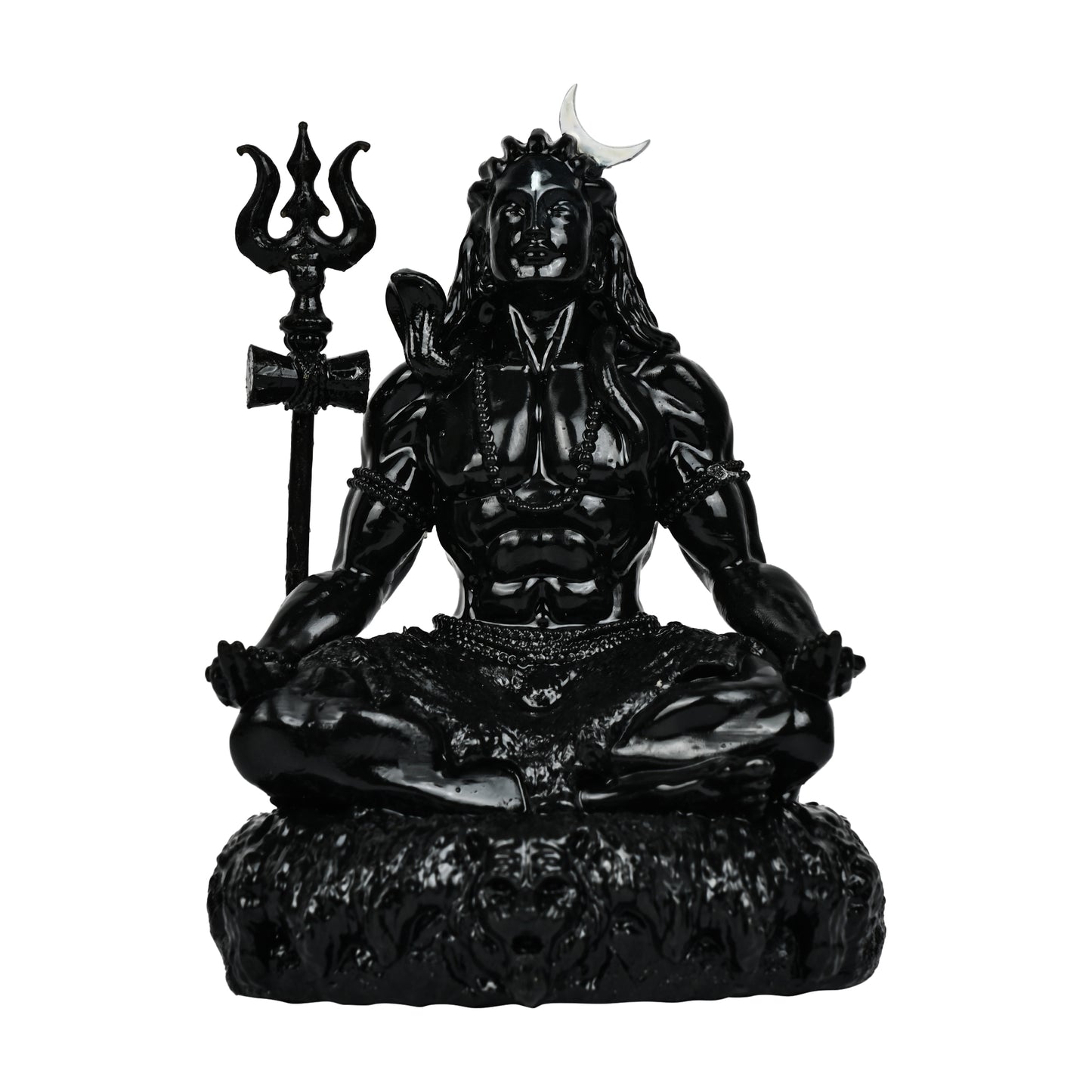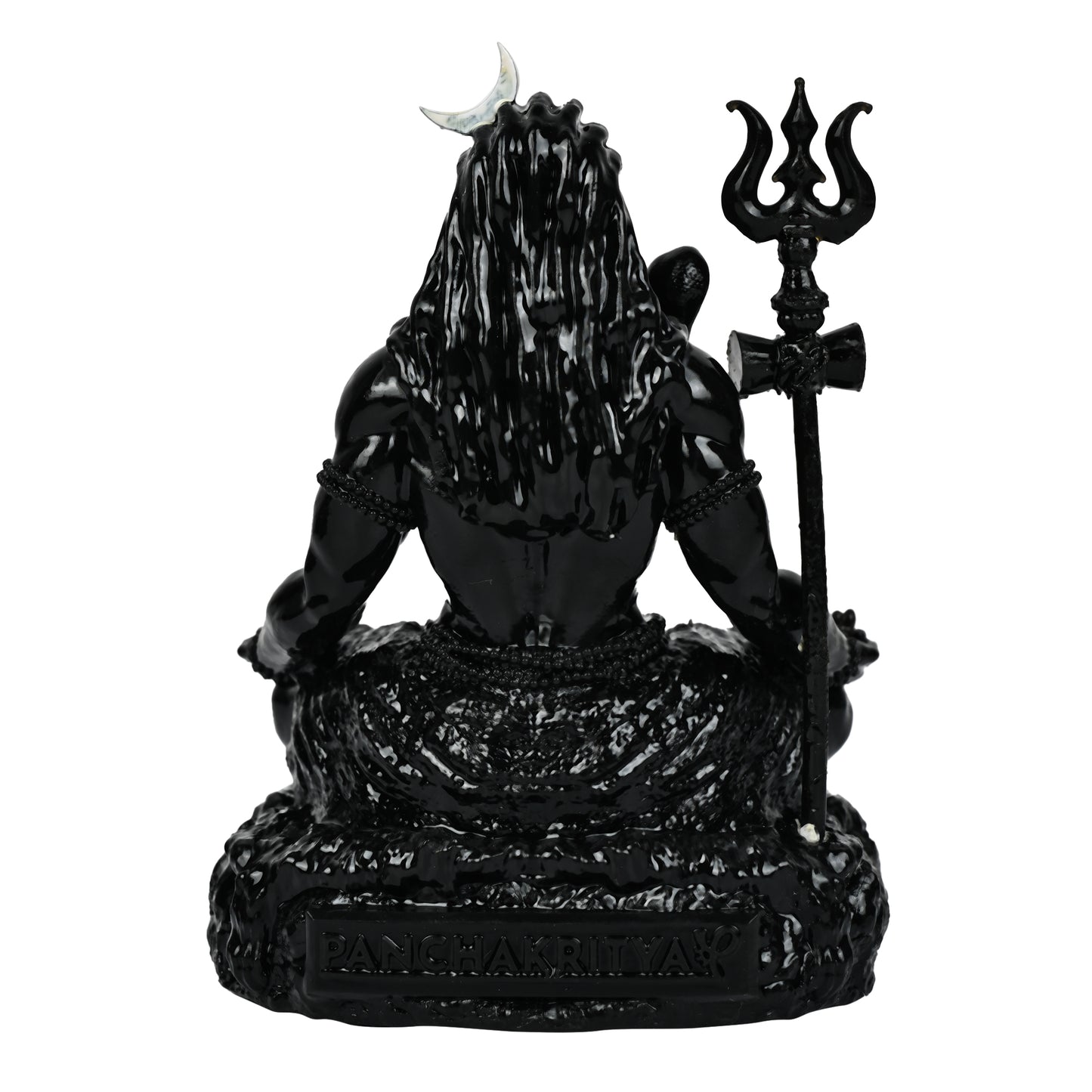Why Is Lord Shiva Is Blue? The Story Behind Lord Shiva's Blue Color.
In the pantheon of Hindu deities, Lord Shiva holds a unique and multifaceted position. Known as the destroyer in the Trimurti, alongside Brahma the creator and Vishnu the preserver, Shiva embodies a complex amalgamation of paradoxes.
One of the most striking features often depicted in the iconography of Lord Shiva is his blue complexion. This intriguing aspect is not just a matter of artistic preference but carries profound symbolic and mythological significance.
This article delves into the reasons behind Lord Shiva's blue hue, exploring its deeper meanings and the myths that surround it.
Mythological Foundations
The Churning of the Ocean (Samudra Manthan)
The most well-known myth explaining Shiva's blue color is the story of the churning of the ocean, or Samudra Manthan. According to this legend, the Devas (gods) and Asuras (demons) cooperated in churning the cosmic ocean to obtain Amrita, the nectar of immortality. As they churned the ocean with Mount Mandara as the churning rod and Vasuki, the king of serpents, as the churning rope, a deadly poison called Halahala emerged from the depths. This poison was capable of destroying all creation.
In a selfless act to save the universe, Lord Shiva consumed the poison. To prevent it from harming him, he held it in his throat, which turned blue from the potency of the poison. Hence, Shiva is often called Neelkanth, meaning "the blue-throated one." This myth underscores Shiva's role as a protector who absorbs the negative forces to ensure cosmic balance.
Also Read: Why Lord Shiva Wear Rudraksha
Symbolic Interpretations
The Infinite and the Eternal
The color blue is often associated with infinity and the vastness of the sky and the ocean. In Hindu philosophy, blue represents the immeasurable and the infinite. By depicting Shiva in blue, artists and devotees symbolize his boundless nature and his transcendence beyond the physical and the material. Shiva, in his blue form, is a representation of the infinite, the eternal, and the unchanging reality amidst the ever-changing cosmos.
Detachment and Wisdom
Blue is also a color that signifies calmness and tranquility. Shiva, known for his deep meditative state, is often portrayed as being aloof and detached from worldly affairs. His blue complexion is a reflection of his supreme wisdom and his ability to remain unaffected by the tumultuous events of the universe. This detachment is not indifference but a higher state of consciousness that perceives and embraces the ultimate truth.
The Throat Chakra (Vishuddha)
In yogic traditions, the throat chakra, known as Vishuddha, is associated with purification and is symbolized by the color blue. This chakra governs communication and expression, and its activation leads to a higher state of spiritual awareness. Shiva's blue throat can be seen as a metaphor for the purified and awakened state of being. It suggests that Shiva embodies the ultimate truth and wisdom, which he communicates through his actions and teachings.
The Cultural and Artistic Legacy
The depiction of Lord Shiva with a blue hue has had a profound influence on Indian art and culture. From classical sculptures to contemporary paintings, the blue-skinned Shiva is a recurrent theme that captivates and inspires. This portrayal serves as a reminder of the deeper philosophical and spiritual truths that Shiva embodies.
In literature, music, and dance, the blue-hued Shiva is celebrated as a symbol of resilience, wisdom, and the eternal cosmic order. His stories and representations continue to resonate with devotees, offering lessons in selflessness, inner strength, and the pursuit of higher knowledge.
Conclusion
The blue hue of Lord Shiva is far more than a simple artistic choice. It is a rich tapestry woven from mythology, symbolism, and spiritual philosophy. Through the myth of the Samudra Manthan, we see Shiva's boundless compassion and his protective nature.
The symbolic interpretations of the color blue deepen our understanding of Shiva as the infinite, the detached, and the supremely wise. In embracing the blue-skinned Shiva, devotees connect with the profound lessons of resilience, sacrifice, and the pursuit of the ultimate truth.
This enduring image serves as a powerful reminder of the depth and richness of Hindu mythology and the timeless teachings of one of its most revered deities.
Also Read: How To Meet And See Lord Shiva In Real





